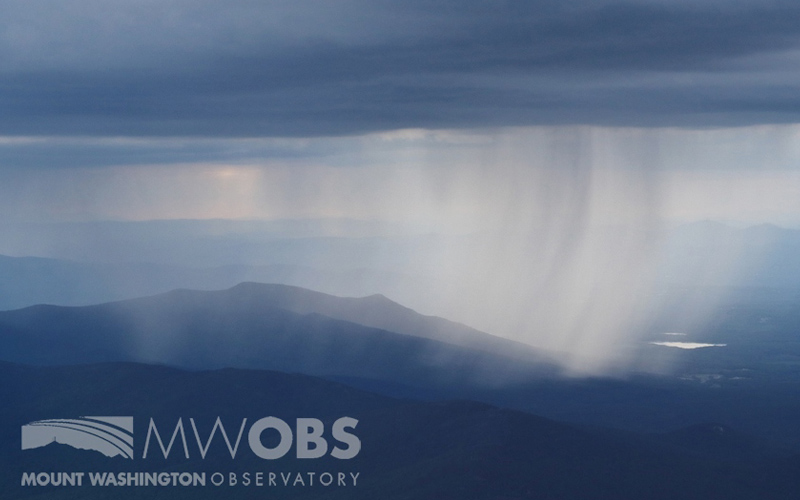Citizen Science Puts Weather Reporting in Your Hands

Ryan Knapp, Weather Observer & Meteorologist
Science In The Mountains Returns!
Science In The Mountains Returns! 2020-07-20 16:49:23.000 - Brian Fitzgerald, Director of Science and Education On Tuesday, July 28th at 7pm, the Science in the Mountains lecture series returns to Mount Washington Observatory with some exciting new changes. For starters we’ll be delivering our Science in
Reflections on My First DL
Reflections on My First DL 2020-07-13 16:23:37.000 - Nicole Tallman, Weather Observer/Education Specialist Today I led my first distance-learning program since being hired as the Education Specialist. After many days fine-tuning my presentation and rehearsing to others and myself today was finally the day! In some
Follow Your Dreams, They Know the Way (to the Summit, In My Case)!
Follow Your Dreams, They Know the Way (to the Summit, In My Case)! 2020-07-06 16:21:06.000 - Sam Robinson, Weather Observer/Engineer Hello from the Highest Office in the East!* My name is Sam Robinson and I am the new weather observer in training at the observatory. The
Heat and Humidity on the Rise
Heat and Humidity on the Rise 2019-07-01 09:20:17.000 - Thomas Padham, Weather Observer/Education Specialist After a cool and often rainy start to the summer season, it looks like the heat and humidity will be
Breakfast of Champions
Breakfast of Champions 2019-06-29 16:09:04.000 - Anna Smith, Summit Intern "Freeze-frying" an egg in -30°F (-34°C) temperatures. Breakfast on the summit is whatever you make of it. Whether it is pancakes from
High Altitude Fitness
High Altitude Fitness 2019-06-28 14:38:11.000 - John King, Summit Intern Work and bedtime may be the most common time spent at the Observatory in addition to some observation and synoptic times etc., but what

